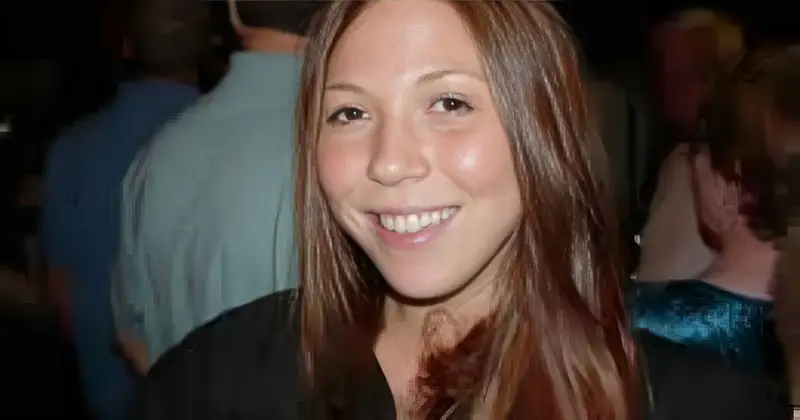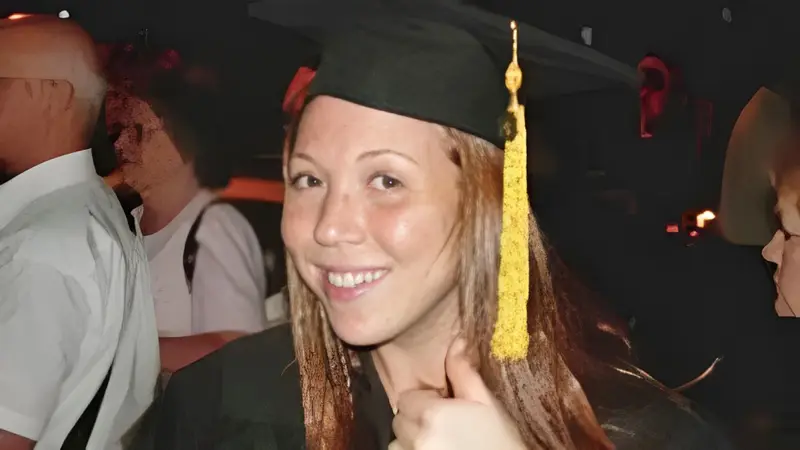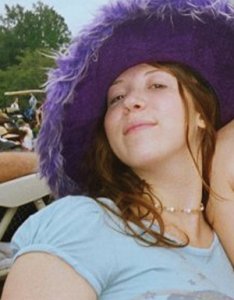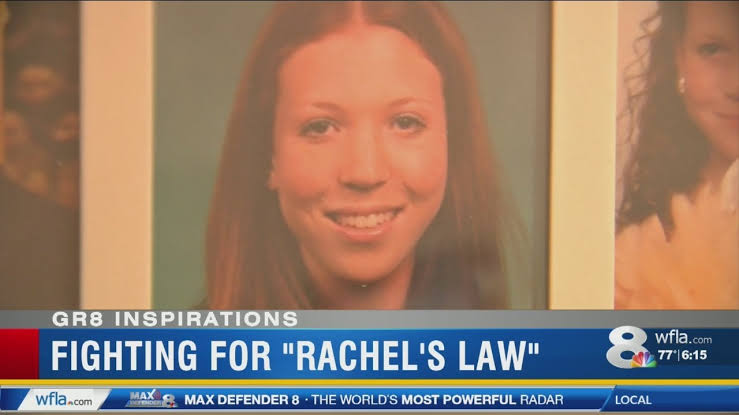
On May 7, 2008, Rachel Hoffman walked into a police operation that should never have happened.
She was 23, fresh out of college, and had no experience in undercover work.
But after being caught with drugs, the Tallahassee Police Department gave her a choice, become a confidential informant or face charges that could ruin her future.
The deal they sent her to was a disaster from the start.
The two men she was supposed to meet changed the location at the last minute.
The police lost track of her.
The wire they had given her failed. And by the time they realized what had happened, Rachel was gone.
Two days later, her body was found near Perry, Florida.

What were Rachel Hoffman’s plans before her murder?
Rachel Hoffman grew up in Clearwater, Florida, and graduated from Florida State University.
She had just earned a degree in psychology and was planning to go to culinary school in Arizona.
Friends described her as warm, full of energy, and always ready to help someone in need.
She smoked marijuana, something not exactly uncommon for a college student.
But that habit put her on a collision course with the law.

In February 2007, she was pulled over, and police found 25 grams of marijuana in her car.
She was placed under supervision and warned to stay out of trouble.
A year later, in April 2008, police searched her apartment and found more, over 150 grams of marijuana and four ecstasy pills.
Now, she was in real trouble. If charged and convicted, she could face serious time.
That’s when police made her an offer.

Why did Rachel Hoffman become a police informant?
The Tallahassee Police Department convinced Rachel to work as a confidential informant in exchange for avoiding charges.
They wanted her to set up a drug buy, only this wasn’t just about marijuana.
They handed her $13,000 in cash and instructed her to buy 1,500 ecstasy pills, two ounces of cocaine, and two handguns.
Rachel had no experience with cocaine, no history with firearms, and no connection to the two men she was supposed to meet.
Her family would later say this deal was completely out of character for her.
Despite these red flags, the operation moved forward.
Two narcotics officers were assigned to watch over her, but their presence wasn’t enough.

How did the police sting lead to Rachel Hoffman’s murder?
Rachel was told to meet the dealers at a set location, but once she got there, they changed the plan.
She wasn’t supposed to follow them.
The police had warned her.
But they had no way of making sure she got the message because the wire they had given her wasn’t working properly.
So she went with them.
She got into their stolen silver BMW, and the three of them drove off.
The police lost track of her.
Somewhere along the way, the men turned onto a remote dead-end road.
They shot Rachel with one of the guns she was supposed to buy.
Her body wasn’t found for two days.

Who killed Rachel Hoffman and what happened at trial?
A witness in Taylor County later told police he had seen the BMW stuck in a ditch with Rachel’s car idling nearby.
The driver of the BMW had tried to flag him down for help, but something felt off.
When he saw the trunk of Rachel’s car open, revealing a camouflage blanket and neatly stacked clothes, he got nervous and drove away.
Deneilo Bradshaw, 23, and Andrea Green, 25, were arrested and charged with first-degree murder.
They had both lost their jobs at a window tinting shop just days before the killing.
Rachel’s murder made national headlines.
Dateline NBC and 20/20 covered the case.
The Tallahassee Police Department admitted she had received no training.
She wasn’t familiar with the suspects.
She had been given no real protection.
The officers involved in the operation were suspended, and her family sued the city for wrongful death.
Bradshaw was convicted of first-degree murder and sentenced to life in prison without parole.
Green pleaded no contest to second-degree murder and robbery with a firearm.
He also received life in prison.

What is Rachel’s Law and how did it change Florida’s informant policies?
Rachel’s death raised serious questions about how police use confidential informants.
On May 7, 2009, exactly one year after her murder, the Florida Senate passed a bill known as “Rachel’s Law.”
It went into effect that July.
The law requires police departments to provide better training for officers who recruit informants.
It also ensures that informants are told they may not receive reduced sentences for cooperating and that they have the right to request a lawyer before agreeing to work with police.

For Rachel’s family, it was a small step toward justice, but it didn’t bring her back.
She was never trained to be an informant.
She didn’t know the men she was sent to meet. And she never should have been in that car.





